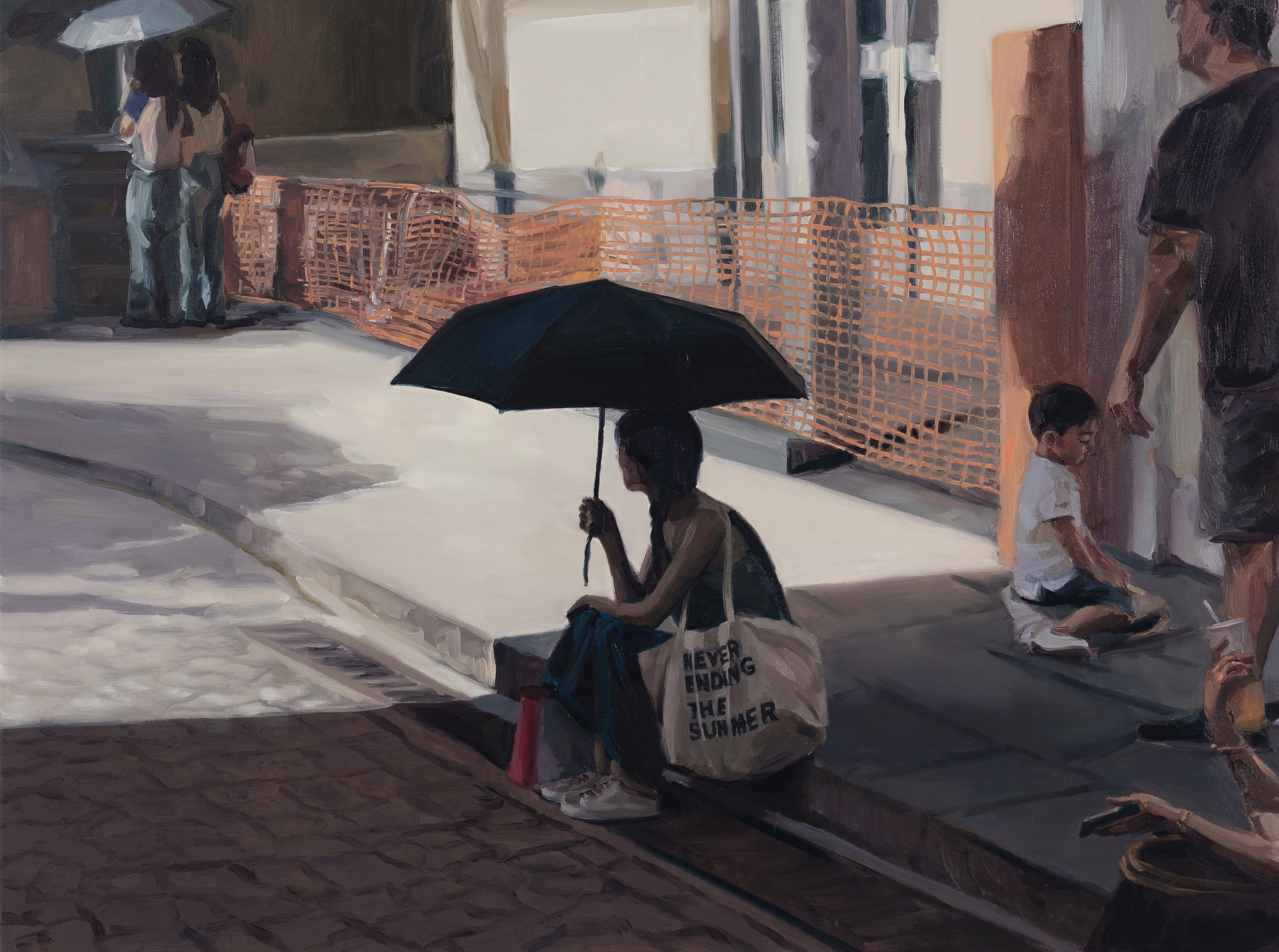SPECTRE
| [GALLERIES] The Columns Gallery
2022. 5. 23 – 7. 23
헤리 도노, 티모테우스 앙가완 쿠스노

이번 전시회의 제목인 Spectre는 주인공인 Heri Dono와 Timoteus Angawan Kusno의 예술적 실천에서 영감을 받았다. 두 작가의 신화적이고 소설적인 특성은 전시에 마법적이고 환상적인 분위기를 더한다. 전시의 제목인 ‘스펙터’는 ‘귀신’ 혹은 두려움을 주는 존재를 의미한다. 도노의 작품에 나타나는 문화적 모티프와 쿠스노의 작품에 있는 역사적, 소설적 맥락은 서로 맞닿아 있으며, 그들은 작품을 통해 보이지 않는 과거와 현재 그리고 미래의 유령을 제시한다.

인도네시아 현대미술 작가 중에서 국제적으로 가장 활발히 활동하며 인지도가 높은 헤리 도노(Heri Dono, b.1960)는 1990년대 초반 국제 미술 무대에 선보인 첫 인도네시아 작가로, 이후 수많은 전시를 통해 비평가와 대중 모두에게 인정받게 되었다. 도노의 작품 전반에 나타나는 주제는 이번에도 역시 인도네시아 민속문화에 등장하는 다채로운 색감의 캐릭터들과 서양의 시각예술 개념이 혼재된 특유의 인물들에 의해 구성된다. 1980년대에 첫 개인전을 연 이래로 콜라보레이션과 국제 비엔날레를 포함한 270여 회의 작품전을 통해, 도노는 쉬지 않고 세계 여러 나라에서 폭넓은 작품 활동을 이어왔다. 그 중 국제적으로 큰 관심을 받은 전시는 코치 무리지스 비엔날레, 방콕 아트 비엔날레, 베니스 비엔날레, 광저우 트리엔날레 등이 있다.
헤리 도노의 작품은 현재 아부다비의 구겐하임 미술관(아랍 에미리트), 프랑크푸르트의 구겐하임 미술관(독일), 후쿠오카 미술관(일본), 호주 국립 미술관, 스위스 문화 미술관, 싱가폴 미술관, 라켄할 미술관(네덜란드), 트로펜 미술관(네덜란드), M+미술관(홍콩), 인도네시아 국립 미술관 등에 소장되어 있다.
위 설치작품은 Angel 시리즈 중 하나로, 여기서 작가가 표현하고자 하는 ‘angel’이란 특정 종교와는 아무런 연관이 없다. 19세기 프랑스 사실주의 미술사조를 대표했던 구스타프 꾸르베(Gustave Gourbet)의 유명한 말, “천사가 있다면 보여주시오. 그러면 그려내겠소.”와 마찬가지로, 작가에게 있어 천사는 영감 그 자체인 것이다. 이 작품에서 미소짓는 천사들은 다가올 미래를 열정적으로 맞이하려는 자세를 상징한다. 이 천사들은 신으로부터 받은 생명의 불덩이인 차크라를 가져다준다. 하늘에서 내려온 천사들은 삶의 폭넓은 이야기를 의미하고, 바로 여기에서 꿈과 판타지, 영감이 생성되어 우주와 인류 전체의 숭고한 문명과 문화를 이루어나가게 해주는 것이다.

티모테우스 앙가완 쿠스노의 ‘호랑이의 죽음’은 타나 룬축(Tanah Runcuk) 프로젝트의 일환으로, 네덜란드 동인도 제도의 가상 영토인 룬축에 대한 지식을 생산하고 연구하는 프로젝트이다. 타나 룬축 연구는 역사가, 인류학자, 예술가, 학자들이 모여 ‘텍스트’가 어떻게 생산되고 읽히고 재생산되는지 경험하고 허구의 역사를 통해 허구와 같은 현실을 읽고 그런 현실을 통해 다시 허구적 역사를 읽고자 하는 시도이다.
티모테우스 앙가완의 호랑이의 죽음은 람폭 만찬(Rampok Macan)이라는 사냥 의식에 대한 내용으로, 이 의식은 18세기 중후반 무렵 시작되었다. 당시 인도네시아 자바 지역은 네덜란드 식민지로서 봉건주의 지배를 받았는데, 여기서 적극 수용되었던 람폭 만찬은 피가 낭자하는 폭력적인 공동 의례로써 1년에 한 번 왕의 명령으로 개최되었다.
람폭 만찬이 열리는 날 사람들은 광장에 모여 자바 호랑이가 죄수나 숫소와 싸우는 것을 구경했다. 호랑이와 죄수는 죽을 때까지 싸워야 했으며 왕은 이 자리에서 고위급 관리들과 앉아 권력을 과시하며 정적과 질서 정책을 강화했다. 이 의례에서 죽은 호랑이들은 평온과 질서유지를 위해 박해당해도 되는 대상으로 여겨졌고. 이러한 방식은 20세기 중반 인도네시아 독재정권에서도 지속되며 무수한 사람들의 희생을 낳았다. 이 전통은 이제 폐지되었고 자바 호랑이도 멸종했지만, 작가는 이러한 폭력과 힘의 역학은 식민지 경험을 거친 현대사회에 남아있다고 보고 우리는 언제나 창을 든 사람이나 호랑이가 될 수 있다는 메시지를 전달한다.
The Columns Gallery
22 Lock Road, Gillman Barracks #01-35 Singapore 108939
+65 9030 7647











